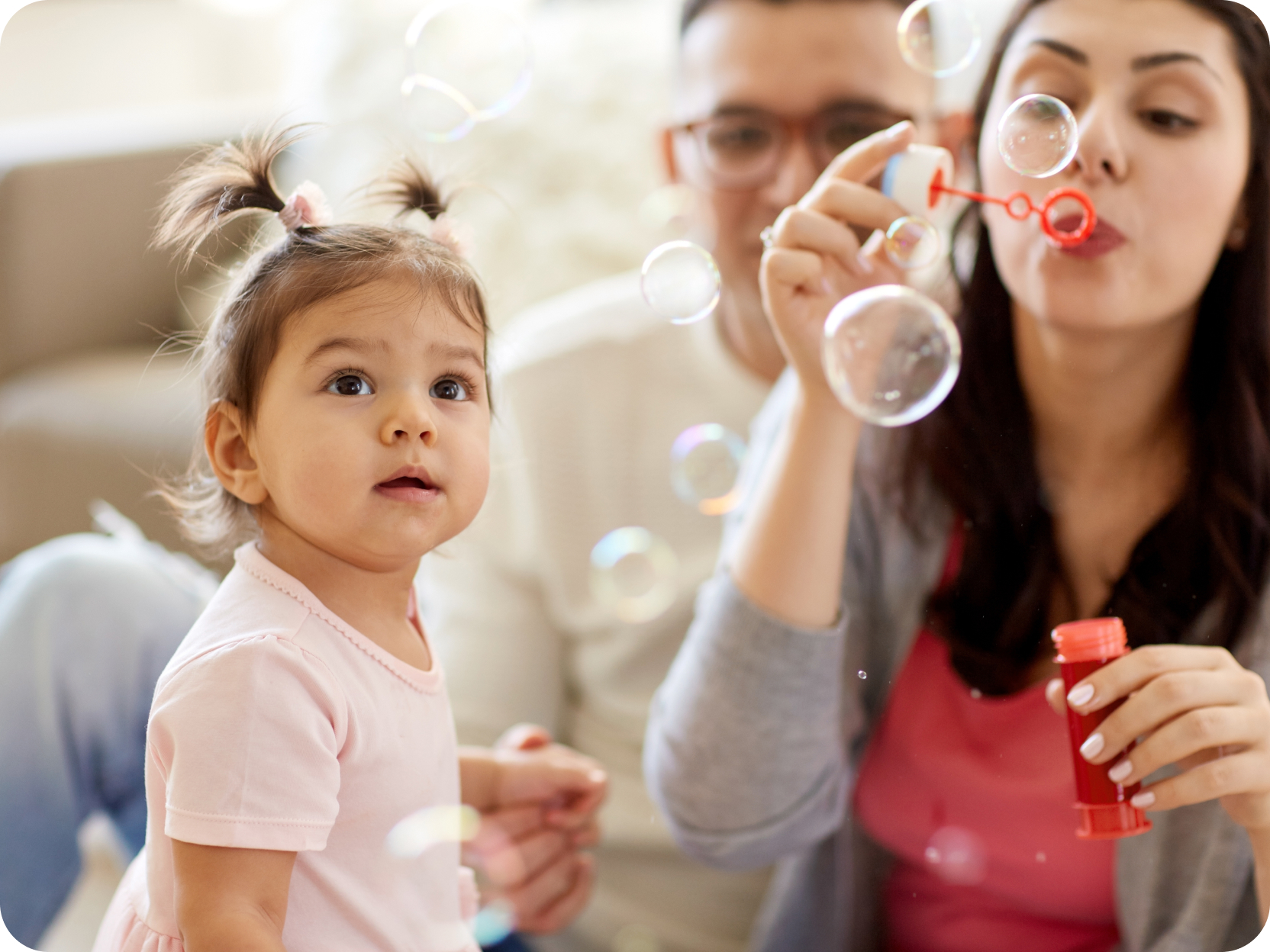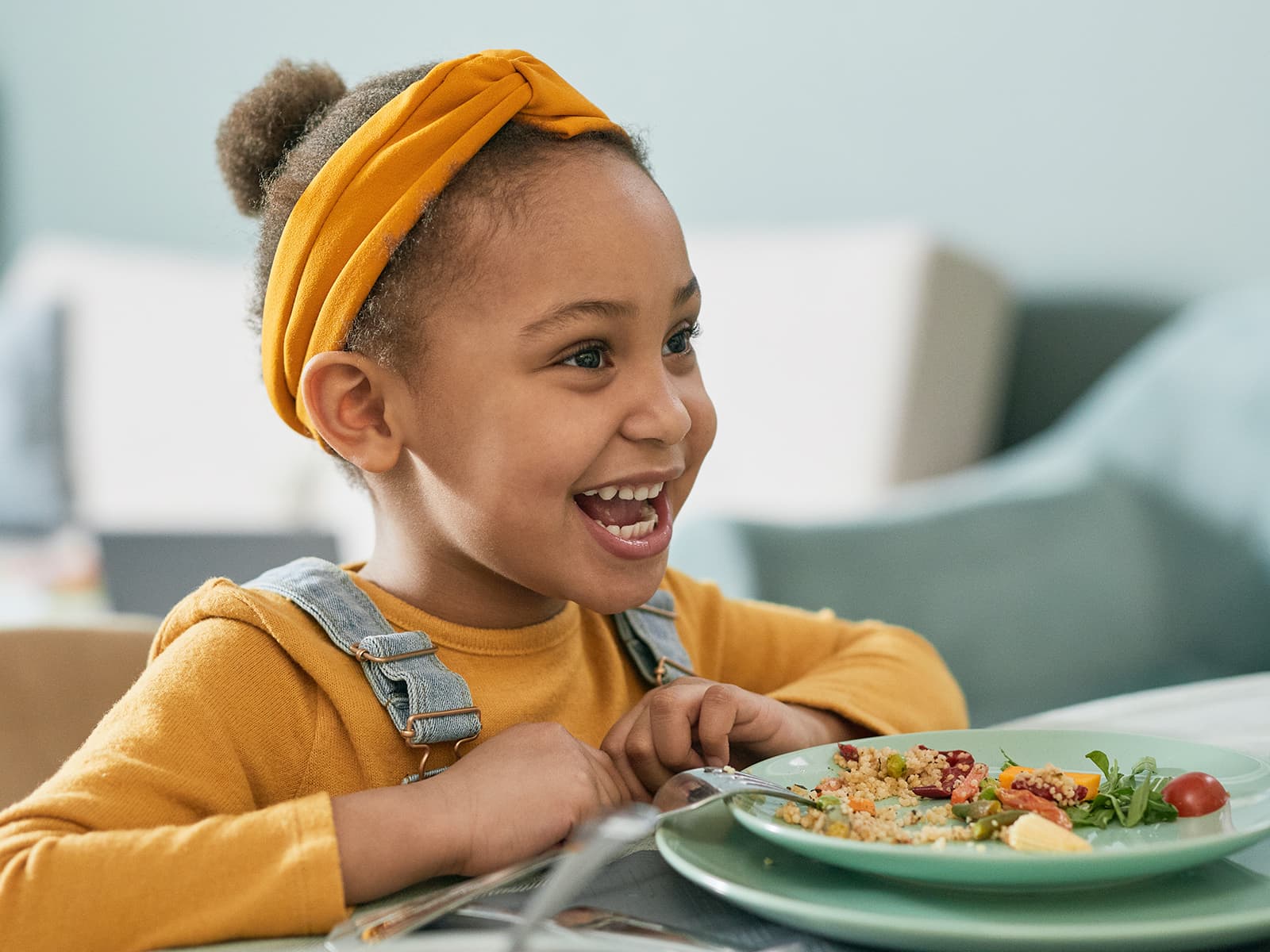
Health Tips, Speech Therapy
Why Reading with Your Child Matters More Than You Think
If you ask most parents why reading to kids is important, the first answer you’ll hear is probably: “So they’ll do better in school.”
But according to pediatrician Kelly Katona, MD, reading to children shapes much more than grades. It helps build brains, bonds, and lifelong success.
“Reading to children starting at a very young age can improve outcomes for things much later in life than people realize,” she says. “It’s an essential life skill. The earlier it’s implemented, the better the odds of success in so many different avenues of life.”
Those avenues go beyond child literacy and school performance. They touch everything from career opportunities to health literacy — the ability to understand and act on health information as adults. Simply put: the time you spend reading together now lays a foundation your child will build on for life.
More Than Grades: How Reading to Children Shapes a Lifetime
While reading to children helps them excel in school, the benefits extend far beyond academics.
“Literacy in childhood can be a predictor of success in other all-around areas of life, well into adulthood,” says Dr. Katona.
Kids who develop strong literacy skills early on are better prepared for problem-solving, communication, and navigating the ever-changing world around them. In fact, research shows that children who read well by third grade are more likely to graduate high school, setting them up for future career success.
Childhood literacy is not just about grades — it’s about future opportunities, health, and well-being. Reading together is one of the simplest, most lasting gifts parents can give their children.
Why Your Baby’s Brain Loves Storytime
So when should you start? According to Dr. Katona: as early as possible.
“Start reading books to your child when they’re born,” she says. Sure, your baby can’t understand what you’re saying yet — but that’s not the point. “Reading, singing, and having conversations stimulate brain development and set them up for better literacy later on.”
That’s because the first three years of life are a time of incredible brain growth. In the first few years of life, your child’s brain is forming more than one million new neural connections. Reading during this period doesn’t just teach words — it strengthens the brain itself.
Reading to Children Builds More Than Words
When you read with your child, you’re teaching far more than vocabulary.
“Reading back and forth with a parent or caregiver teaches dialogue, conversation skills, cadence when speaking, social skills, and even writing skills in the future,” says Dr. Katona. Plus, it strengthens your relationship as a positive bonding experience.
Singing nursery rhymes exposes them to language in musical ways. Telling stories helps them grasp how events connect. Even the simple act of turning pages gives tactile and visual stimulation. All of these experiences work together to help your child understand and engage with the world.
Making Reading a Joyful Part of Everyday Life
Reading shouldn’t feel like homework — for you or your child. Instead, think of it as a daily moment of joy and connection, just like playtime or mealtime.
A bedtime reading routine helps kids wind down and makes books a part of their daily rhythm. Keep other distractions low so your child can focus on the book, and read when they’re more calm.
The right book can make all the difference — from fun textures to new topics and adventures. Invite your child to pick out new books with you at the library or book store. Look for book picks that have:
- Numbers, colors and textures – Books with counting games, bold colors, and touch-and-feel pages keep little hands (and minds) busy.
- Rhyme and rhythm – Silly rhymes and sing-song patterns help kids remember words and sounds.
- Culturally diverse stories – Choose books that introduce traditions, foods, and celebrations from cultures different from your own.
- New languages – Bilingual books or simple translations help kids hear and see new words in action.
- Positive consequences – Stories about sharing, taking turns, helping at home, or kindness reinforce important values.
As Dr. Katona puts it: “It’s not about making them sit still for an hour—it’s about building positive associations with reading and connection.”
What If You Don’t Have a Lot of Books at Home?
You don’t need to own bookshelves of books to find a new favorite bedtime story. Many communities offer free reading resources:
- Libraries often run story hours, children’s programs, and let families check out books at no cost.
- Pediatric offices may know of or participate in reading programs that offer children’s books — ask at your next well-visit.
- Local child literacy programs often have book drives or free events.
If you’re not sure where to start, ask your pediatrician about local options.
Screens vs. Storybooks: Finding the Balance
What about e-books and apps? Dr. Katona takes a balanced view.
“E-books and audiobooks are still stories you can read out loud. But physical books are more beneficial because they provide auditory, tactile, and visual stimulation — turning pages, feeling textures, seeing colors. It’s a more enriching experience.”
Screens shouldn’t replace storytime, but they can supplement it when used thoughtfully. The key is making sure kids still get that shared, hands-on reading experience.
When to Keep an Eye on Reading Development
Every child develops at their own pace. Tell your pediatrician if you notice your child showing any of these signs during reading time:
- Toddlers: Not listening to stories or turning pages.
- Preschoolers: Not starting to tell simple stories on their own.
- School-age kids: Strong verbal comprehension but difficulty with reading could suggest dyslexia.
“If parents are concerned, teachers and pediatricians can help identify if a child is behind their peers and connect them with extra support,” says Dr. Katona.
A Simple Habit with Lifelong Impact
At the end of the day, reading together isn’t about perfection — it’s about presence.
“Reading books with your children, especially starting at a young age, is a very positive experience you can provide,” Dr. Katona emphasizes. “It shapes your child’s life trajectory through adulthood.”
So grab a book — whether it’s a beloved classic or a free library find — and enjoy a few pages together. You’re not just preparing your child for school. You’re giving them a foundation for a healthier, happier future.












